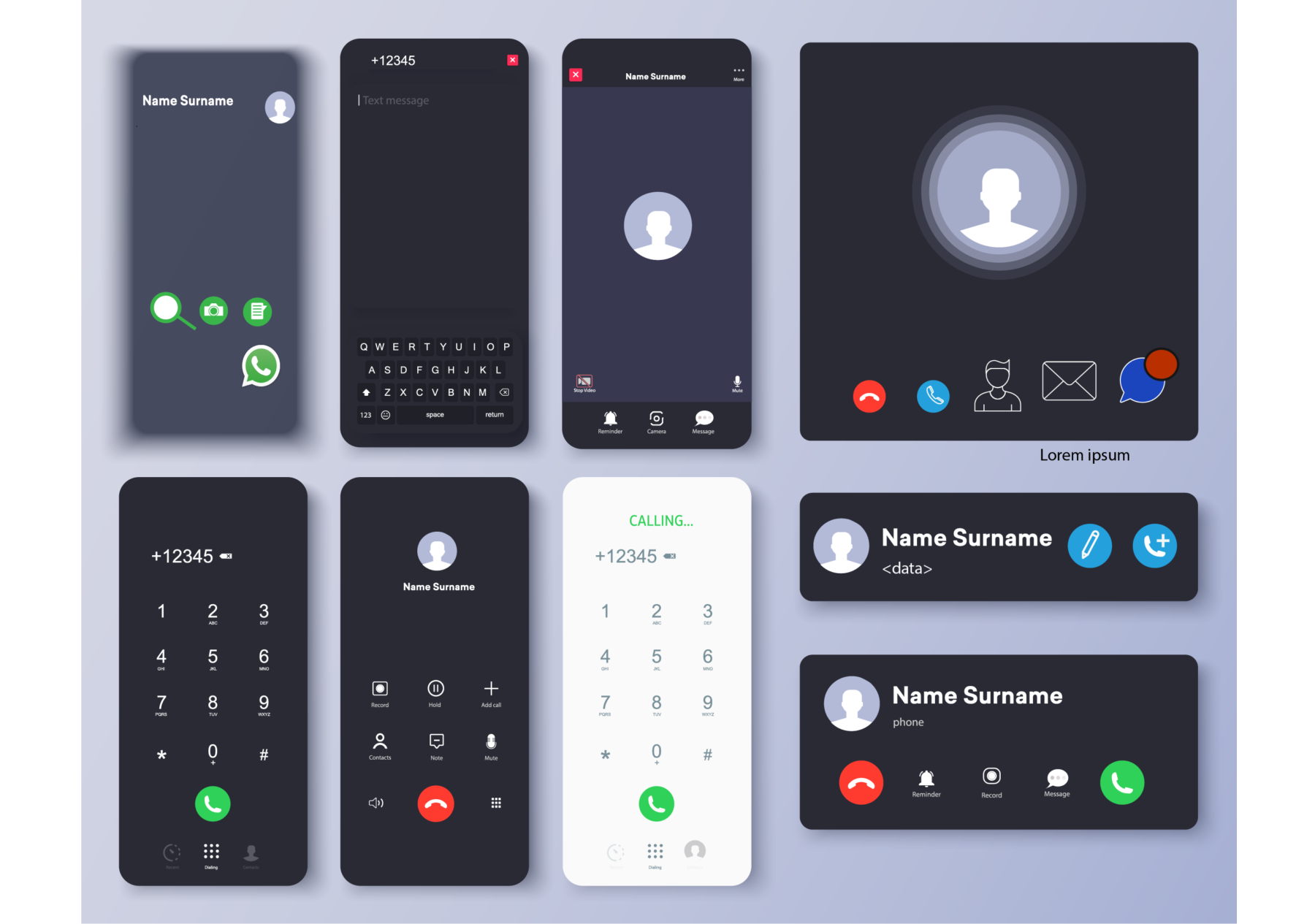Evolving issues in mobile communication compliance
With personal device being ever-more double purposed for business and the Covid-inspired work-from-home (WFH) disruption, several managerial issues have arisen, as was discussed in a recent Relativity Fest Webinar, including:
- The lack of supervision of people working from home
- Confusion and indeterminacy of personal device usage
- Compliance enforcement sanctions in the United States on instant messaging misuse with more investigations underway, reflecting widerspread misuse
Background context: JPMorgan $200 million WhatsApp misuse fine levelled by the SEC was a record-keeping failure and everyone now feels—AND IS—under scrutiny for the same record-keeping issues. With the abundance of communication channels in the evolving WFH era, ad hoc solutions, like two phones (work/personal) are not practical: Are we going to be collecting data from somebody’s personal phone? Are we going to be issuing (costly) work devices to everybody? How do we really get ahead of this challenge? Regardless of firm size and solution approach and past training, with ever-more employees not being in the office or traveling or working remotely, regulatory archiving requirements are not being met, whether text messages or WhatsApp communications
The instant messaging usage surge over the last two years has been largely client-side driven and it is the preferred communication channel going forward, obviously posing issues for a regulatory environment where you’ve got to record all your communications. At Telemessage we enable the recording of a variety of instant messaging platforms, including WhatsApp, Wechat, Telegram and Signal because enabling the user-preferred native application is key to facilitating business with clients and to have that all fully recorded and then archived as per regulations.
The JPMorgan compliance department surveillance function failure fine was decades in coming. With the proliferation of third-party communication channels and issues of third-party governance, onboarding mechanisms and surveillance programs front and center, the issue of embedded platform stickiness across a range of asset classes (driving invention of communication module communities) is challenging surveillance teams. Thus, with employees now communicating with the people they’re putting trades on without telling the surveillance team, there’s a huge kind of red flag internally which made them realize that the surveillance function can’t just be reactive. It needs to be more of a business partner, embedded in the onboarding of vendors and it needs to be in the business discussions of how they’re transacting with clients.
Surveillance team target operating models must handle ever-growing volumes of produced communication and ensure involvement in all projects and vendor onboardings—staying ahead of all those channels and therefore the technology becomes key.
Compliance-wise, what regulated bodies report depends on the maturity cycle of clients and prospects with more and more considering a work/personal device segregation for every one of their traders or monitored individuals. The emerging employee agreement specifies that on the work communication device, you don’t use your personal email or anything like that as everything has to be captured and using software like TeleMessage can catch everything from that device and the trend went from employees being issued corporate devices to BYOD and now back to employees being issued corporate devices again.
The voice call challenge
The focus on WhatsApp messages ignores the issue of WhatsApp call recording. The challenge remains of a corporate-supplied/BYOD hybrid environment to capture all those communications regardless of what environment you’re working under. In practice, organizations are presently taking snapshots of their workforce and they’re being shocked that people are using their personal instant messaging because they’re allowed to use only a work-authorized method of communication. Again, it is clients that are pushing this form of communication, starting with wealth managers and the fund managers dealing with those closed-end clients and those high-net-worth clients and now that’s growing and people can see there’s a real value in adding such a tool regardless of the environment they’re working in. For example, within the crypto market they’ve moved over to using Telegram more than WhatsApp
Archiving ability is also a competition issue: “I’m going to lose business unless I get the capability to do this.” If someone wants to do business then you want to communicate with a person in thier preferred manner and though we’re very much focused within the regulatory marketplace we’re dealing with organizations that are implementing the recording of WhatsApp-like channels because as a general business they’re using that as a vital tool within their own businesses and that evolution is really critical. Nine times out of ten they haven’t considered the voice element within WhatsApp so TeleMessage enabling you to record voice calls within WhatsApp as well is a key to lock down that loophole, all in a seamless communication environment. The instant response—knowing someone’s got the message they’ve read it and they’re replying to it—is critical.
Voice and SMS call monitoring is a lot more difficult than capturing instant messaging because you have to deal with the a multitude of players, requiring redundant solutions, including both mobile network and virtual operators. As a company TeleMessage offers multiple solutions because we we know that there’s not one solution that fits all. Our integration with a number of network providers enables the capture of both voice and recorded data to be sent to your archiving platform and we have an application that works within a BYOD environment as well so there’s a number of different ways to actually do it. One solution doesn’t fit all and there’s no such thing as one global solution out there that will cover everything.
For further discussion, see our Webinar Panel Discussion at the Relativity Fest 2022.
